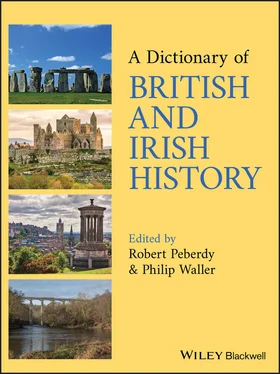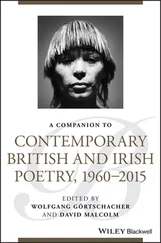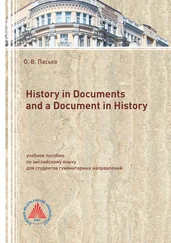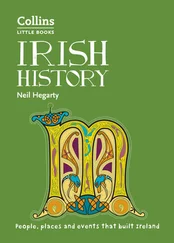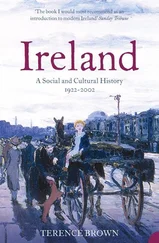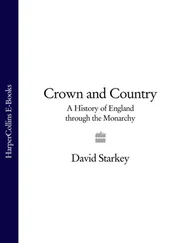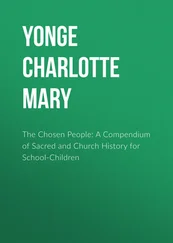List‐like statements of religious doctrine issued by national churches in the 16th and 17th centuries to resolve questions of doctrine and ceremonial.
After the English Church left papal jurisdiction (confirmed 1534), traditional doctrine was largely reaffirmed in the TEN ARTICLES (1536) and SIX ARTICLES (1539). But a reformed theology was asserted by Thomas CRANMER in the Forty‐Two Articles of 1553 (e.g., justification by faith), and some Catholic doctrines were condemned (e.g., TRANSUBSTANTIATION). The Articles were mostly reissued in 1563, following the ELIZABETHAN SETTLEMENT, as the Thirty‐nine Articles, which remained a document of belief in Anglican churches.
A less precise statement was issued for the Church of IRELAND in 1567 in the Twelve Articles, which were expanded, under the influence of CALVINISM, into 104 Articles (1615). In 1634 the Church was forced to adopt the English Thirty‐nine Articles ( see LAUDIANISM, IMPACT ON IRELAND). The Church of SCOTLAND adopted articles influenced by Calvinism in the SCOTS CONFESSION of 1560. See also ENGLAND, CHURCH OF; TEST AND CORPORATION ACTS.
ARTIFICERS, STATUTE OFLegislation by the English Parliament, 1563, which sought economic and social stability through regulation. It specified a minimum term of seven years for apprenticeships, and one year as the minimum employment period in many occupations. It required JUSTICES OF THE PEACE to set maximum wage rates annually according to prevailing conditions. Many requirements were abandoned in the 18th century and repealed in 1813–14. See also ECONOMY, STATE INVOLVEMENT, BRITAIN. ARTS AND CRAFTS MOVEMENTA movement mainly in the decorative arts which flourished in England in the 1880s–90s in reaction to mass‐produced objects and formal design. Influenced by William MORRIS and John RUSKIN, it valued natural and local materials, craft techniques and informal designs, and was promoted by various groups and individuals, including C.R. Ashbee, founder of the Guild of Handicraft (1888). The movement produced architecture, furniture, textiles, wallpaper, metalwork, paintings and gardens. It was influential in Continental Europe and the USA. See also VISUAL ARTS, BRITAIN. ARUNDEL, THOMAS
(b. mid 1353 in England; d. 19 Feb. 1414 at Canterbury, Kent, England, aged 60). Arundel, an earl’s son, served as bishop of Ely from 1373, archbishop of YORK from 1388, and as CHANCELLOR 1386–9, 1391–6. He was appointed archbishop of CANTERBURY in 1396. In 1397 Arundel was condemned as a traitor for sympathizing with the APPELLANTS against King RICHARD II in 1386–8. He was nominally demoted to bishop of St Andrews and exiled.
Arundel eventually joined Henry Bolingbroke in Paris (France), and they landed in England in July 1399. Arundel supported Richard’s enforced abdication (Sept.) and Henry’s seizure of the throne ( see HENRY IV). He was reinstated as archbishop of Canterbury. In 1407 he was reappointed chancellor, but was dismissed in 1409 under pressure from Prince Henry. Though reinstated in 1412, he was removed after Henry succeeded as king ( see HENRY V). From the mid 1390s Arundel combated LOLLARDY and defended the Church against demands for disendowment. See also BEAUFORT, HENRY.
ASCENDANCY, IRELANDsee PROTESTANT ASCENDANCY ASIENTO (1713–50)see UTRECHT, PEACE OF; AIX‐LA‐CHAPELLE, TREATY OF ASQUITH, H.H.
(b. 12 Sept. 1852 at Morley, Yorkshire, England; d. 15 Feb. 1928 at Sutton Courtenay, Berkshire, England, aged 75). Leader of the LIBERAL PARTY 1908–26, British prime minister 1908–16.
A lawyer, Herbert Henry Asquith was a Liberal MP from 1886 who won respect as home secretary (1892–5). A Liberal imperialist, he served Henry CAMPBELL‐BANNERMAN as chancellor of the Exchequer 1905–8, introducing differential TAX rates for earned and unearned income (1907) and PENSIONS (implemented 1909).
As prime minister from April 1908, Asquith oversaw reforms. His talented cabinet included David LLOYD GEORGE, Winston CHURCHILL, John MORLEY, and Sir Edward GREY. The crisis over the PEOPLE'S BUDGET (1909–10) ended in a qualified success, but Irish HOME RULE approached disaster.
Asquith led Great Britain and Ireland into WORLD WAR I (1914), but criticism forced him to create a coalition government (May 1915). His leadership appeared lethargic in disputes over strategy and CONSCRIPTION. Faced with demands for a war committee (excluding himself), he resigned and entered Opposition (5 Dec. 1916). When Lloyd George became prime minister, Liberals were divided. Asquith lost his seat in Dec. 1918. He returned as MP 1920–4, but antipathy to Lloyd George prevented Liberal reunion. He was created earl of Oxford and Asquith (1925).
ASSEMBLIES, NORTHERN IRELAND
During the TROUBLES, the province’s PARLIAMENT was succeeded by Assemblies elected by proportional representation to facilitate better representation of a disparate society and encourage coalition government. The first Assembly (with legislative power), elected in June 1973, was suspended on 29 May 1974 after its EXECUTIVE collapsed. (‘Direct rule’ from WESTMINSTER was reimposed.) A Constitutional Convention was elected in 1975 to negotiate power‐sharing arrangements. Dominated by Unionists who preferred majority (Unionist) rule, it was dissolved in 1976. A consultative Assembly, to advise the secretary of state for Northern Ireland, existed 1982–6.
In June 2008 an Assembly with 108 members and legislative power was elected under the BELFAST AGREEMENT. Although suspended in 2000, 2001 (briefly) and 2002–7, when direct rule was again imposed, it proved a more successful institution. It was suspended again in Jan. 2017 when the power‐sharing Executive collapsed, and was reinstated in 2020. See also PEACE PROCESS, NORTHERN IRELAND.
ASSER(fl. from 870s; d. 909). A Welsh monk and priest, Asser was educated at ST DAVIDS in DYFED (SW Wales). From probably 885, he spent periods at the court of King ALFRED of WESSEX (S England). Alfred presented him with MINSTERS and made him bishop of Sherborne (in modern Dorset). In 893, Asser composed (in Latin) a Life of Alfred, King of the Anglo‐Saxons to present a favourable portrait to Welsh kings. See also ANGLO‐SAXONS. ASSIZE
Term meaning ‘sitting’ (from OFr. asise ), used in England for several aspects of law: (a) laws and orders issued by the king and COUNCIL (mid 12th–mid 13th centuries), e.g., the Assize of CLARENDON; (b) procedures established by laws and orders (e.g., the POSSESSORY ASSIZES); (c) courts or bodies involved in implementing laws and orders (e.g., juries of assize); (d) some trials.
From c .1370 until 1972, assize courts (so‐called ‘assizes’), derived from commissions for possessory assizes and goal delivery (clearing), were the senior local courts. Presided over by itinerant justices of assize, they were usually held twice‐yearly in major towns (arranged on ‘circuits’) for serious criminal matters and civil cases. Similar courts were also held in Ireland and later in Wales. See also COMMON LAW; COURTS, ENGLAND BEFORE 1660; COURTS, IRELAND; COURTS, WALES.
ASTELL, MARY(b. 12 Nov. 1666 at Newcastle upon Tyne, Northumberland, England; d. 9 May 1731 at Chelsea, Middlesex, England; aged 64). A coal merchant’s daughter and TORY, Astell moved to London in the late 1680s and later settled at Chelsea. She established a reputation with A Serious Proposal to the Ladies (1694), which advocated an educational academy for women. She also contributed to theological and social debates (e.g., Letters Concerning the Love of God, 1695, with John Norris; Some Reflections Upon Marriage, 1700). ASTOR, NANCY(b. 19 May 1879 at Danville, Virginia, USA; d. 2 May 1964 at Grimsthorpe Castle, Lincolnshire, England, aged 84). The first woman to sit in the UK House of Commons. She replaced her husband, William Waldorf Astor, as MP for Plymouth (SW England), through a by‐election (28 Nov. 1919) after he succeeded to a viscountcy. A Conservative, she represented her constituency until 1945. She campaigned for TEMPERANCE, moral reform and family issues (e.g., provision of nursery schools). In the late 1930s her circle, the ‘Cliveden set’ (named after the Astors’ country house in Buckinghamshire), strongly supported APPEASEMENT. See also MARKIEVICZ, COUNTESS; PARLIAMENT, UNITED KINGDOM 1801 TO 1921. ATHELSTAN
Читать дальше
